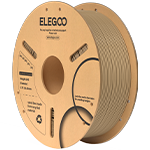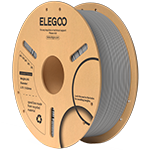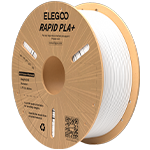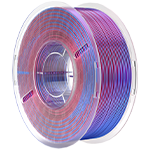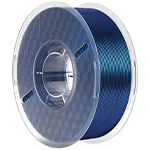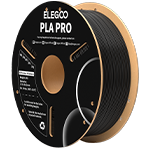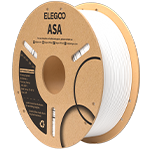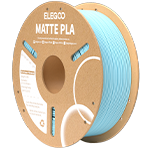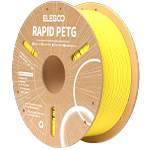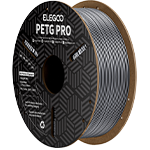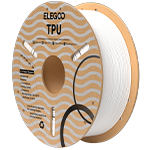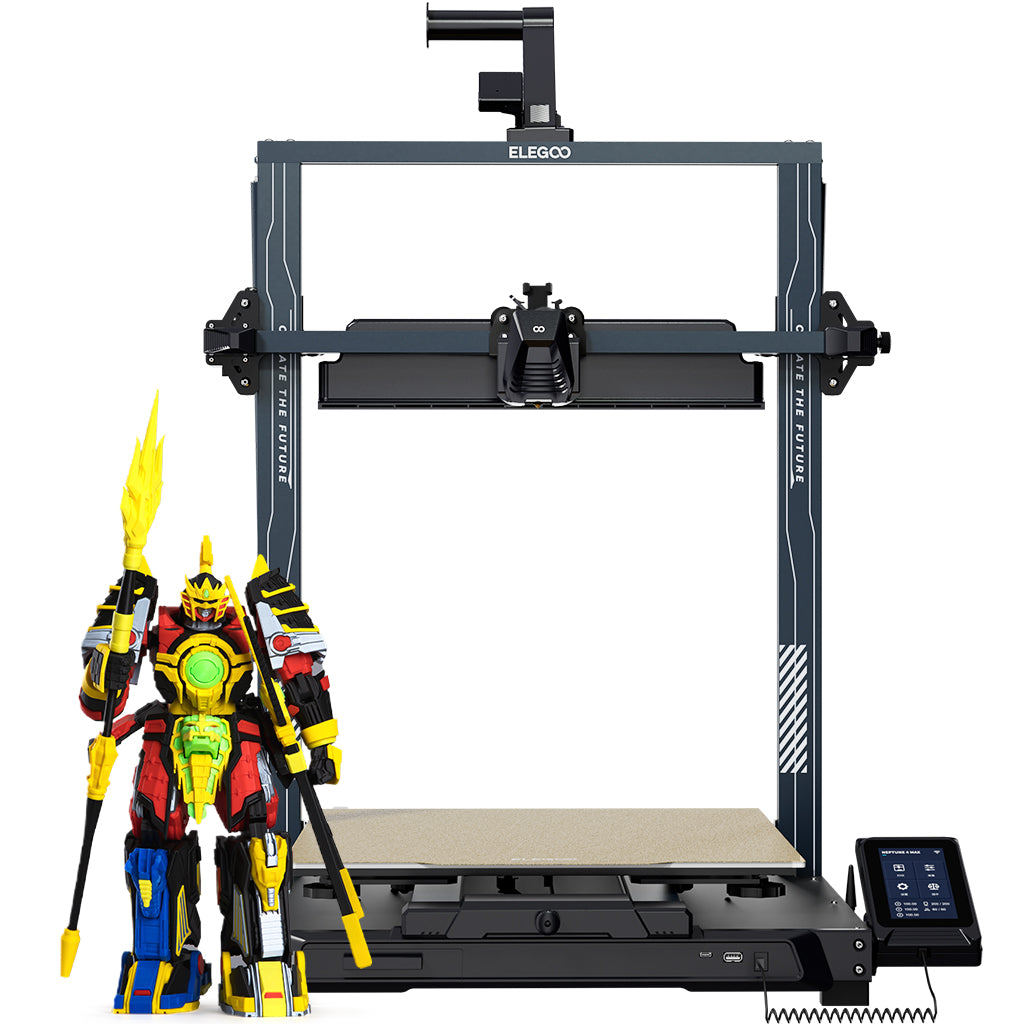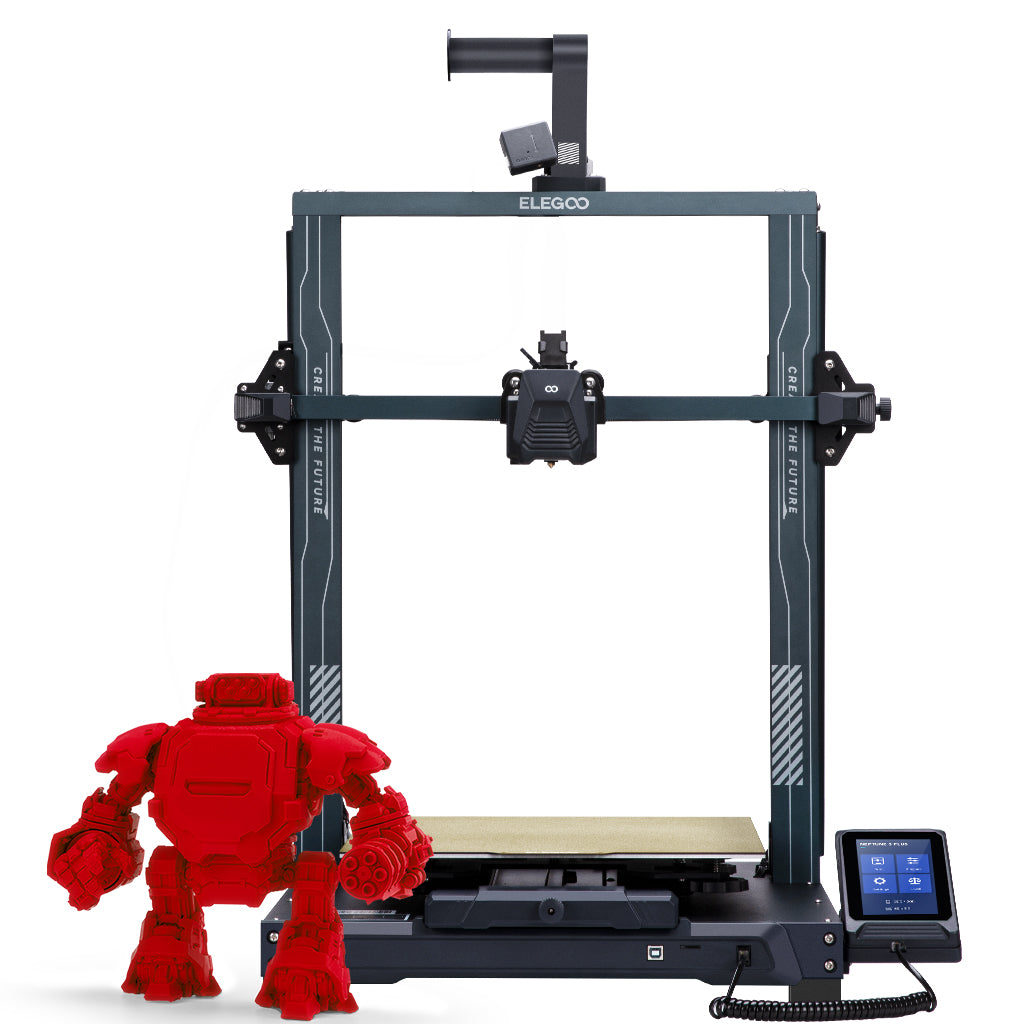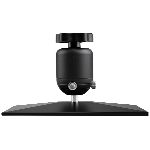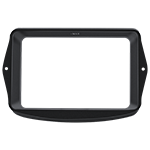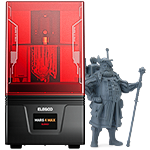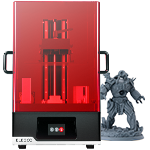In the age of Industry 4.0, where digital transformation and smart manufacturing reign supreme, 3D printing has emerged as a cornerstone technology.
An affordable high-performance 3D printer, in our opinion, is the epitome of Industry 4.0; i.e. it's the essence of fast-prototyping and being able to create innovation in a breeze.
Emphasizing the importance of 3D printing within the context of the industrial revolution not only highlights automation and innovation but also forecasts a future where manufacturing is fused seamlessly with digital prowess.
This article navigates through how 3D printers, echoing the principles of Industry 4.0, revolutionize modern manufacturing practices, open up unparalleled customization possibilities, and foster a new wave of industrial productivity.
Why this article is worth reading:
Uncover how 3D printing is integral to the digital transformation of manufacturing. Explore the applications where 3D printing is making significant contributions to the Industry 4.0 initiative.
Gain insights into the current state of 3D printing technology and its future implications for the manufacturing sector.
Article Outline:
- What Is Industry 4.0 and How Does 3D Printing Fit Into It?
- How Are 3D Printing Technologies Enhancing Manufacturing Flexibility and Customization?
- What Advancements Has 3D Printing Brought to the Manufacturing Industry?
- How Does Additive Manufacturing Promote Sustainability and Efficiency in Production?
- How Is 3D Printing Interacting With Other Industry 4.0 Technologies?
- The Future of Manufacturing: How Will 3D Printing Continue to Contribute to Industry 4.0?
What Is Industry 4.0 and How Does 3D Printing Fit Into It?
Industry 4.0, also known as the Fourth Industrial Revolution, represents the contemporary era of interconnected manufacturing where cyber-physical systems and the Internet of Things (IoT) drastically shift production dynamics.
3D printing, or additive manufacturing, aligns perfectly with the principles of Industry 4.0, offering customization at scale, dramatic reduction in go-to-market times, and the introduction of complex designs that were once impossible to achieve with traditional manufacturing methods.
This synergy between 3D printing and Industry 4.0 stems from their shared focus on digitalization.
Through the use of computer-aided design (CAD) files, additive manufacturing turns digital models into physical objects one layer at a time, merging the design and manufacturing process into a seamless digital workflow.
This harmonization is integral to the smart factories of Industry 4.0, which prioritize flexibility, automation, and efficiency.
How Are 3D Printing Technologies Enhancing Manufacturing Flexibility and Customization?
The potential of 3D printing to revolutionize manufacturing lies in its inherent flexibility and the capacity for mass customization.
Unlike subtractive manufacturing, where the material is removed to shape the final product, additive manufacturing builds objects layer by layer from the ground up, which allows for the creation of complex geometries that reduce weight, increase structural integrity, and provide advanced functionality.
With 3D printing, manufacturers can rapidly prototype, quickly respond to market changes, and produce customized products without the need for expensive tooling or setup costs.
This agility enables industries like automotive and aerospace to innovate faster, creating components that are optimized for performance with customization that meets specific consumer or application demands.
What Advancements Has 3D Printing Brought to the Manufacturing Industry?
3D printing has introduced a host of advancements to the manufacturing industry, transforming it from a rigid, assembly-line system to an agile, digital-first environment.
Key developments include the ability to manufacture complex parts with internal structures that were previously unattainable, significantly reducing material waste and production costs.
Furthermore, the advancement in print materials—from plastics to metals and resins—has expanded the applications of 3D printing beyond prototyping into producing end-use products.
The 3D printing industry has also made strides in printing speed and volume, enabling the technology not only to create one-offs but also to be used in full-scale production runs.
How Does Additive Manufacturing Promote Sustainability and Efficiency in Production?
In addition to the operational benefits, additive manufacturing carries substantial ecological advantages.
The precision of 3D printing ensures that only the necessary amount of material is used, substantially reducing waste compared to traditional manufacturing methods.
Also, as additive manufacturing often takes place closer to the point of need, it contributes to the reduction of the supply chain environmental footprint by minimizing transportation requirements.
With the ability to produce parts on-demand, inventory costs are significantly lowered, and the manufacturing process becomes more responsive to immediate requirements, avoiding overproduction.
This shift to a more streamlined, on-demand manufacturing model aligns with sustainable development goals and positions additive manufacturing as a key player in green manufacturing initiatives within Industry 4.0.
How Is 3D Printing Interacting With Other Industry 4.0 Technologies?
3D printing dovetails with other Industry 4.0 technologies such as big data analytics, artificial intelligence, and autonomous robots to create smarter and more efficient manufacturing ecosystems.
Additive manufacturing processes can be optimized using AI-driven predictive models that analyze historical data to improve print quality and reduce the percentage of failed prints.
The integration with the Industrial Internet of Things (IIoT) enables real-time monitoring and control of 3D printers, ensuring the printers' optimal operation, predictive maintenance, and intelligent resource allocation.
Additionally, the data collected through connected 3D printers can offer insights into usage patterns, facilitating the continuous improvement of manufacturing processes.
The Future of Manufacturing: How Will 3D Printing Continue to Contribute to Industry 4.0?
Looking ahead, 3D printing's role in Industry 4.0 is poised to grow exponentially. As the technology continues to mature, we expect to see additive manufacturing at the heart of fully digitalized and automated production lines, pushing the boundaries of intelligent manufacturing.
3D printing will be instrumental in creating more adaptive and resilient manufacturing systems to cater to the dynamic global market.
Moreover, as distributed manufacturing becomes more prevalent, 3D printing could enable companies to decentralize production, fostering localized manufacturing hubs that better respond to regional market demands while still being integrated into the global supply network.
This could lead to a more democratized and inclusive manufacturing landscape, reinforcing 3d printing's status as a transformative force in the digital industrial revolution.
In summary, the key points to remember are:
- 3D printing is key in Industry 4.0, supporting digital and smart manufacturing.
- Additive manufacturing allows for flexible, customizable, and complex designs.
- 3D printing advancements are leading manufacturing towards a digital-first approach.
- 3D printing promotes sustainability and efficient, on-demand production.
- It synergizes with other Industry 4.0 technologies for smarter manufacturing.
- The future of 3D printing in manufacturing leans towards more automation, better analytics, and decentralized production, integral to Industry 4.0's evolution.










































